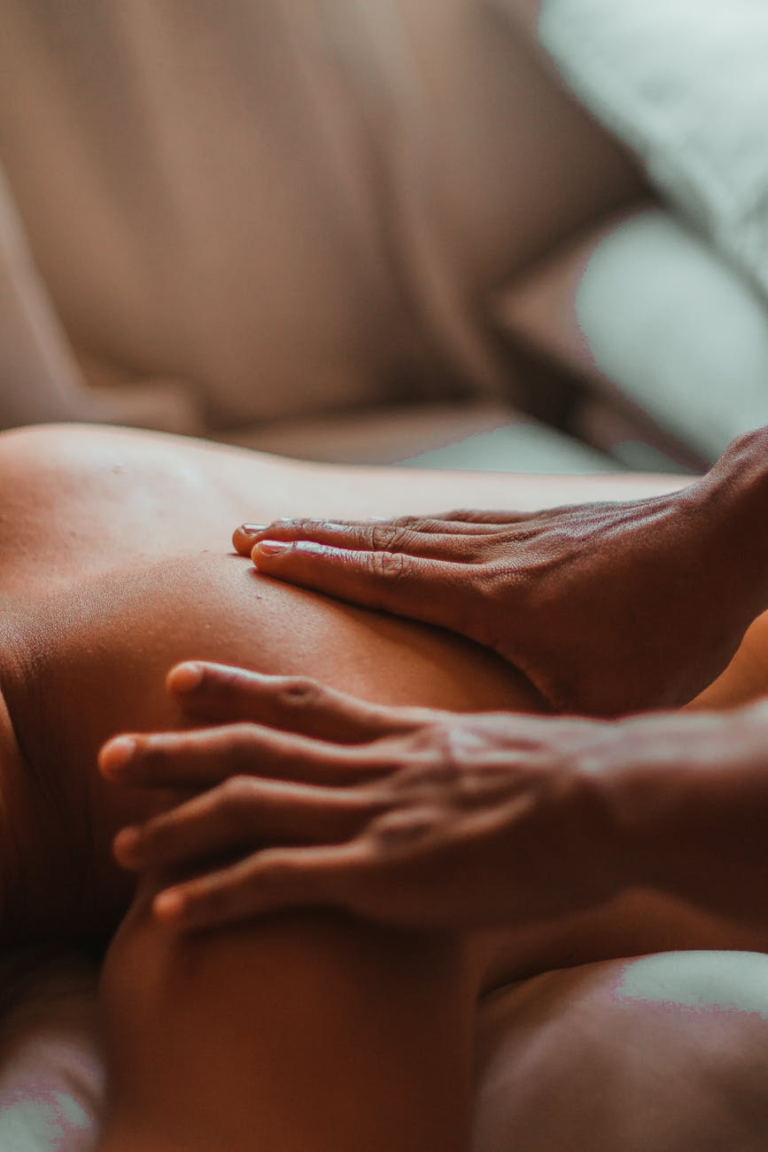Physiotherapy is famed for being an incredibly multifaced discipline, so it can be difficult to actually know when to expect when heading into treatment. Your physio will likely use a combination of exercises and techniques including…
Pilates
Pilates has been used in physiotherapy for some time due to its effective focus on core strength, postural alignment, mindful body awareness, coordination, flexibility, mobility, and strength. This is an equipment heavy practice and therefore the bulk of the treatment is undergone with a physiotherapist, who will then likely send you home with take-home exercises.
Stretching
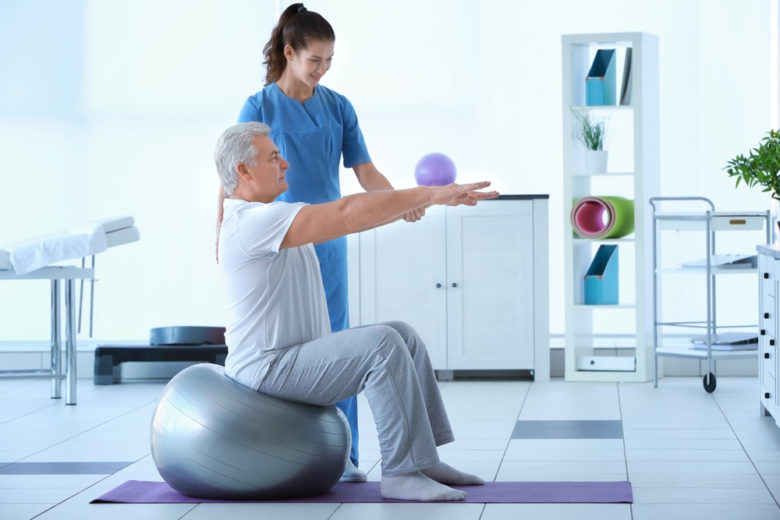
Stretching improves flexibly, blood flow, posture, and overall mobility over time. This is a cornerstone of physical wellness and when practiced regularly will improve the impact of all treatments listed here.
Strengthening Exercises
According to evokerpps.com.au, strengthening physiotherapy exercise works to produce a more efficient fat reduction, to improve blood flow to muscles, joints, and ligaments, improve balance and increase bone density. Strengthening is going to help a patient’s overall physical condition as well as speed up the developmental process of all other treatments used by physiotherapists.
Take-Home Exercises
Take-home exercises are movements, stretches and strength training exercises that are given to patients to regularly practice in their own time. The frequent repetition of particular movements will help to speed up the healing process and leave physio sessions to the more complicated treatments or other forms of physiotherapy techniques.
Joint Mobilisation
A physiotherapist will mobilize joints by using small movements in an oscillating manner. This helps with pain relief, to reduce inflammation and to minimize joint tension or stiffness.
Massage Therapy
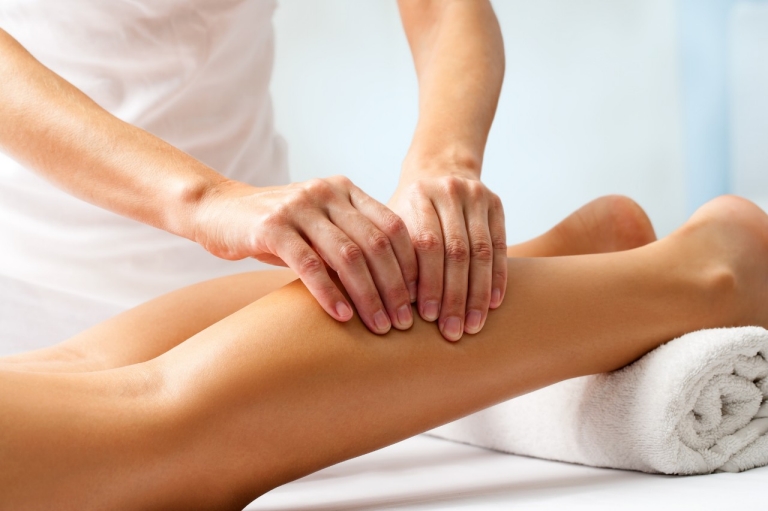
Massage therapy, soft tissue therapy or remedial massage therapy is often practiced by physiotherapists. This form of massage is used to heal or relieve the pain from a muscular dysfunction or injury. Massage treatment can help to relieve tension around ligaments and joints as well as repairing connective tissues to a flexible and limber state.
Cryotherapy
Cryotherapy is the use of ice or cold temperatures to treat and heal a range of physical conditions. This is otherwise known as ice therapy which is often used in conjunction with heat therapy. The use of ice is integral to the commonly practiced RICE physiotherapy technique. RICE stands for Rest, Ice, Compression and Elevation, which is used following acute injuries.
Hydrotherapy
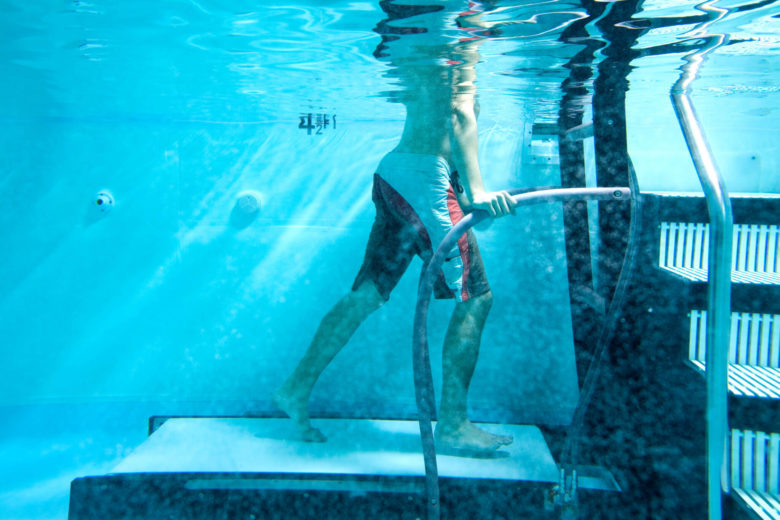
Hydrotherapy treatment involves performing exercises in a body of water that is heated to about 35 degrees. This warm water encourages muscle flexibility and mobility as it increases blood flow and heats muscles very quickly. This, in turn, puts minimal pressure on joints and muscles as the water removes the potential stress of body weight on the patient.
Acupuncture
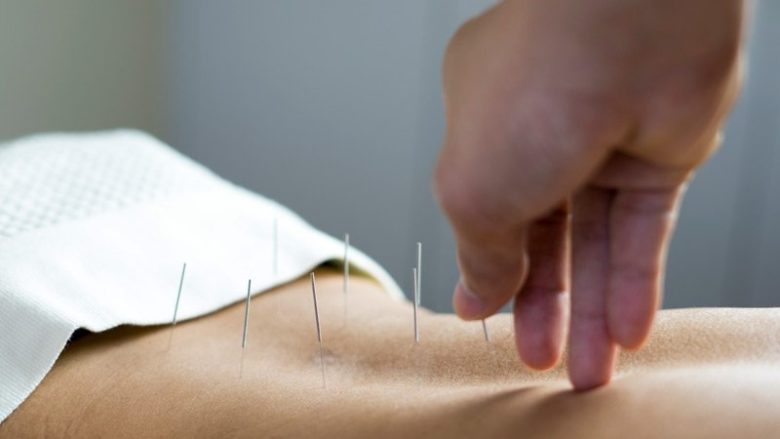
Acupuncture is the process of dry needling to relieve pressure, trigger points and soft tissue damage. Muscle spasms commonly have an internal trigger point, and through the insertion of a dry needle, this point can be effectively targeted to rid pain and prevent any future spasms from happening. This form of treatment is used for a range of sports injuries, muscle pain, joint pain, and tension headaches.
Ultrasounds
Ultrasound is used to treat deep tissue muscle injuries in physiotherapy. A specialist will use variances in radio frequencies to treat different depths of target the tissue, effectively minimizing and relieving pain for the patient. This can also be used alongside tissue massages, stretches, and exercises, as ultrasound frequencies can warm up muscles. This warmth encourages the muscles to relax, increasing flexibility and mobility in the short term. Those who are suffering from muscle spasms, strains, contusions or ligament injuries really benefit from ultrasound treatment at their physio.

